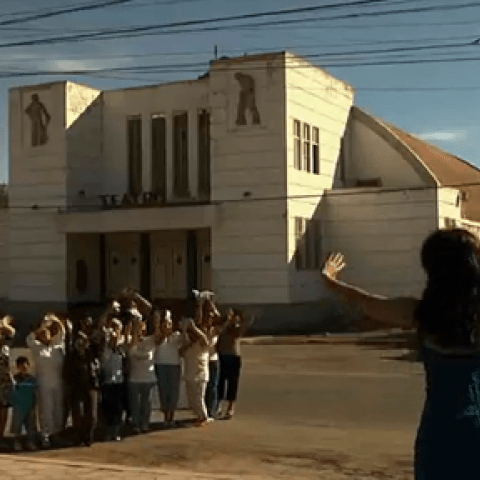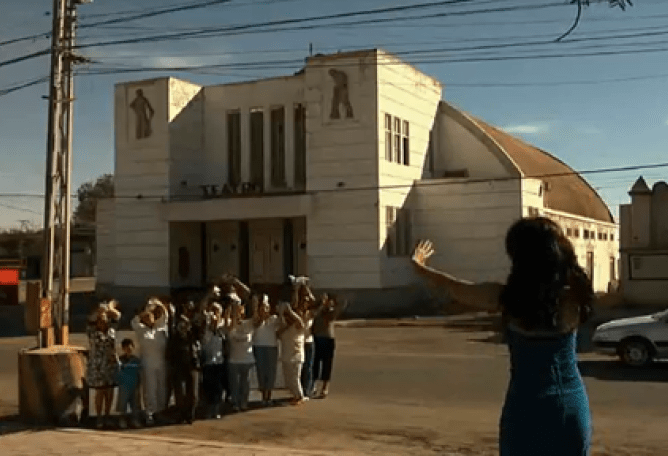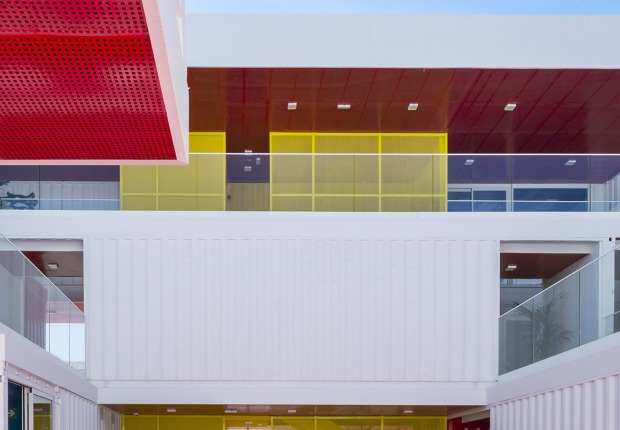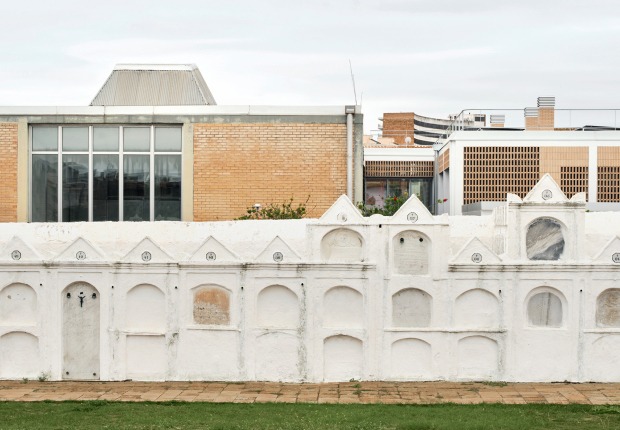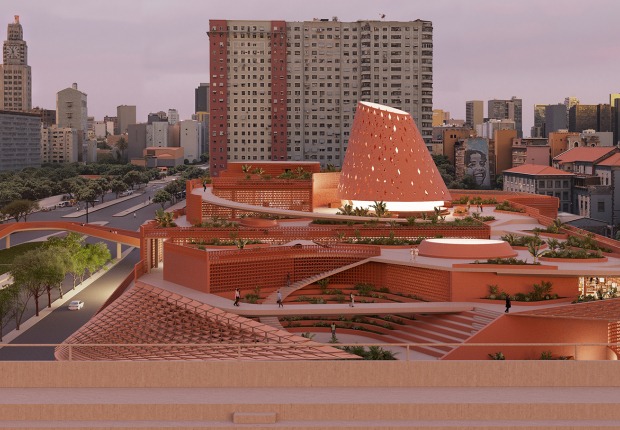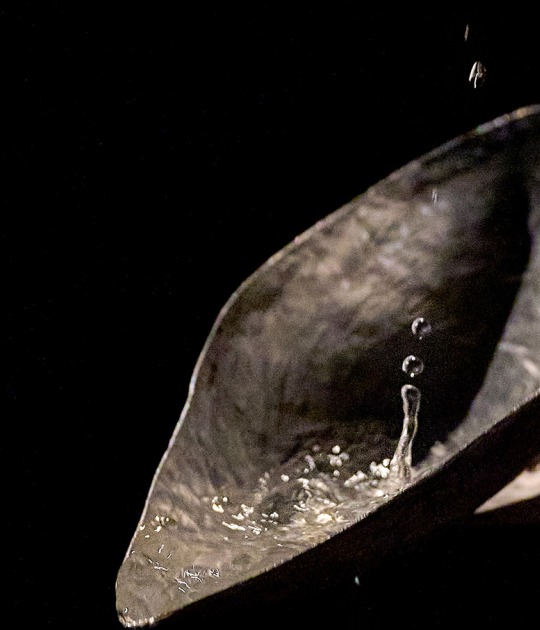Jordi Colomer's work certainly remember these "constructed situations" that both practiced the French Situationists, led by Guy Debord. Moved to the universe of Jordi Colomer, the result is a reflection on how to live in a setting or the way human vision becomes reality.
Colomer Colomer is actually the creative interaction between an artificial construct and its surroundings that is interested. Ie situations. A subjective look, funny sometimes applied to all situations. As "En la Pampa", which contrasts the constructed spaces and the infinite spaces of the desert. The five videos in this book show the improvised actions of María y Mateo in the Atacama Desert in Chile.

En la Pampa. (2008) © Jordi Colomer.
The culmination of Fourier’s thinking and his persistent dream, the Phalanstère seems, in many ways, to bring together the ideas that Colomer has been exploring since the beginning of his career. For the Catalan artist, however, this is very much about the future. These untold fictions, these ideal worlds that overcome their contradictions to kindle the conviction of the imagination, are the aesthetic sources of a political liberation yet to be achieved. They are the adventures that Colomer has always presented, whether in films, models, photographs, or installations. Grandiose fictions that reveal possibilities and that turn the most ordinary of people, whether active citizens or just spectators, into pioneers in unexplored territory.
